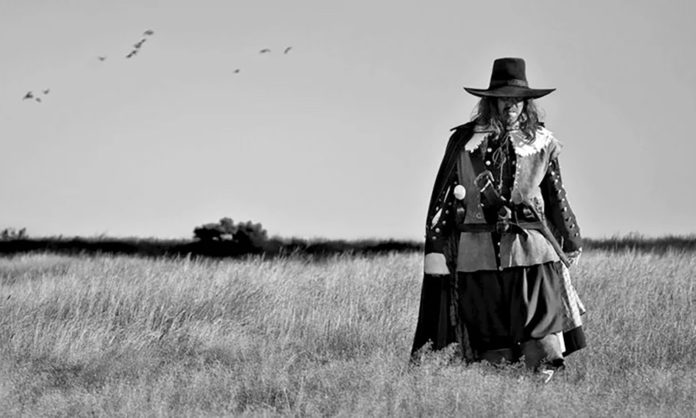In an essay for Lit Hub, Michelle Nijhuis explores folk horror. Not exactly a subgenre (yet), folk horror arises from a collection of concepts that appear in some books and films: rural settings, isolated protagonists, hidden things, and human brutality. Folk horror often draws on local legends and old world beliefs, and shows us that the woods are not always tranquil and welcoming. The Grimm Brothers’ fairy tales are an early example, as is Dracula, which mines folk horror when it sends its urban protagonists into the countryside. The 2019 film Midsommar is a more modern addition.
“Like most genre fiction, folk horror can be reactionary or subversive or both, sometimes exploiting toxic stereotypes for chills (cue the Deliverance banjo) and sometimes arming the oppressed with the power of the “old ways” (witchcraft frequently functions as a feminist metaphor),” Nijhuis writes. “More recently, authors and filmmakers have found new meanings in old stories: if you think the insular country death cult in The Wicker Man is scary, try the one in Get Out.”
Folk horror mines its setting’s history for scares. “Every society is haunted by its own histories, and for writers and filmmakers seeking to excavate the past, the tropes of folk horror have proven to be sturdy, adaptable tools,” Nijhuis says. Those evils can run from genocide to misogyny to political extremism. The form may be supernatural, but the evil is our own.










